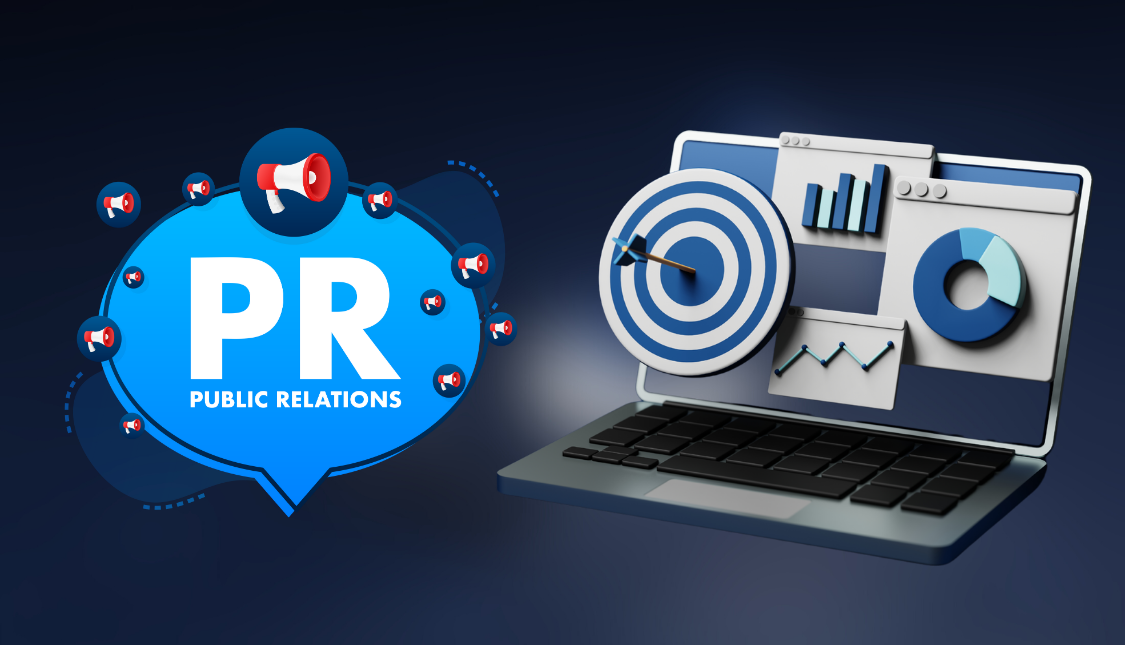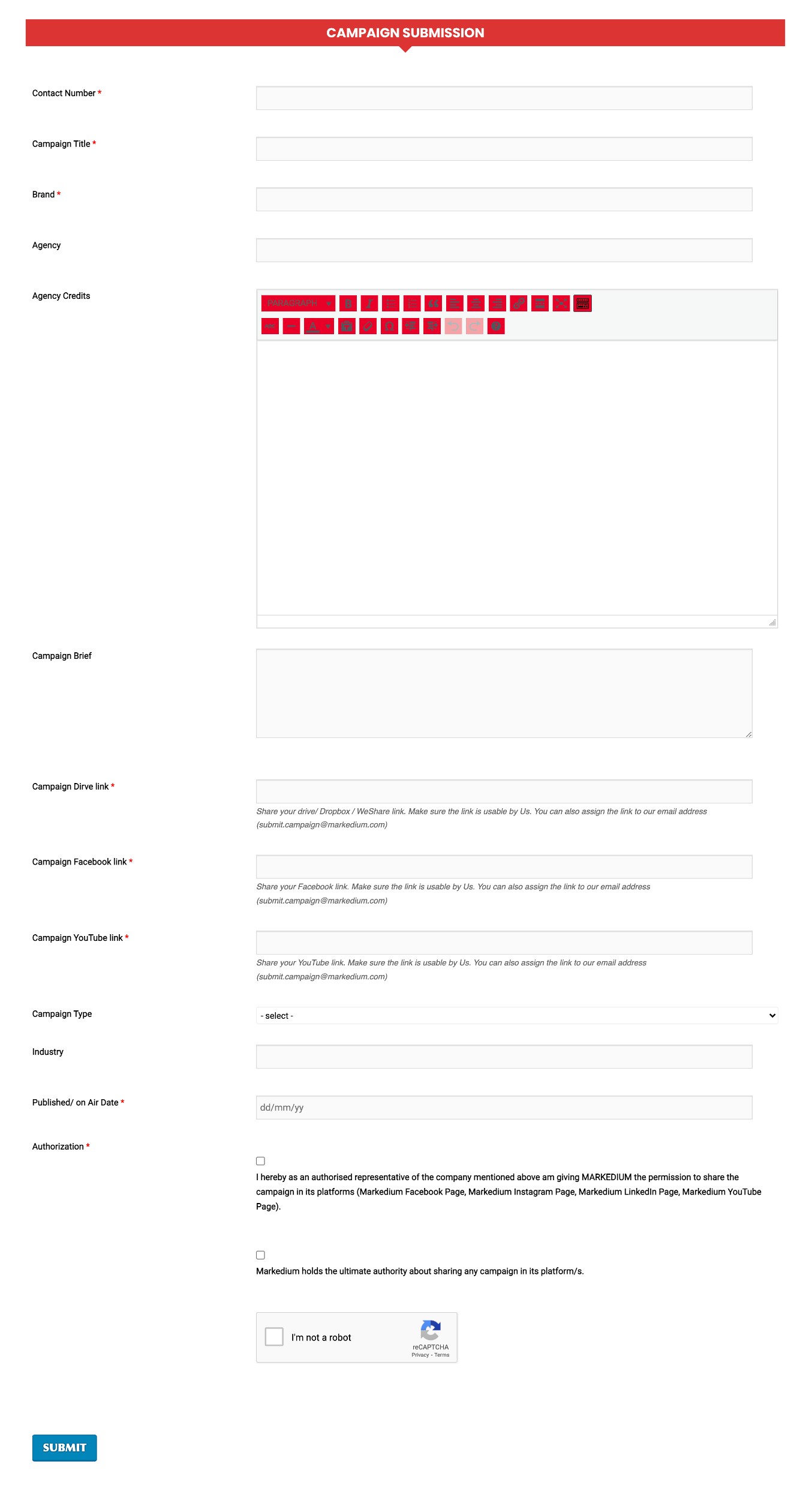
5 Common Errors in Data-driven PR Pitches4 min read
When consulting with PR professionals about enhancing a company’s narrative and validating its messages, the resounding answer is undeniably “data.” Whether derived from consumer surveys, aggregate information within a company’s technological framework, or analyses commissioned from market research firms, possessing data is akin to having a treasure trove for storytellers.
Research serves multiple purposes in fortifying a company’s messaging and perspectives on various topics or trends. It becomes a tool for educating and captivating key audiences, functioning as a vehicle for thought leadership, and positioning the company as an authoritative voice in its industry. The utility of data extends across diverse functions and channels, playing a pivotal role for sales teams supporting conversations with prospects and PR teams crafting news to drive media coverage.
Read more: US-bound Garment Exports Double in Five Years
Effective Public Relations (PR) relies heavily on the strategic use of data to validate and amplify a company’s messages. Whether derived from consumer surveys, technology platforms, or commissioned analyses, data is a valuable asset for crafting compelling narratives that resonate with key audiences.
Outlined below are the primary five factors contributing to the lack of success in PR endeavors aimed at amplifying data-driven content.
Presenting A Complex Dataset
The data poses a challenge due to its complexity. Excessive data, even with numerous points and findings, carries the risk of overwhelming the viewer/reader with an information overload. To mitigate this, storytellers should exercise discretion in selecting data, using it strategically to build a compelling set of messages, narratives, and takeaways.
Read more: Nasheed Ferdous Kamal Appointed Uber’s Country Head
Even in industries characterized by high technicality and jargon, it is imperative to convey findings in a manner that is both simple and straightforward. When faced with complex data, employing real-world examples, anecdotes, or visual aids such as charts and graphs becomes crucial to effectively illustrate the impact of the data.
Failing To Convey A Story With The Data
The narrative derived from the data often lacks compelling elements. Before embarking on report writing or compiling data for marketing or PR purposes, a critical step involves viewing the data from a perspective that shapes the overarching narrative. Questions such as how individual findings contribute to a larger story, identifying the most intriguing aspects, and understanding the key takeaways for target audiences are paramount.
Crafting a compelling narrative requires the expertise of a skilled data-driven storyteller who can not only interpret the data but also translate it into a narrative that captures attention. Attempting to construct the narrative before thorough data interpretation is counterproductive.
The Data Lacks The Necessary Statistical Robustness
The data lacks statistical viability, presenting a significant challenge. Conducting research is a resource-intensive process, particularly for companies operating in niche markets or targeting specific audiences. While insights from a limited number of respondents can be valuable internally, conveying this information to media outlets may not be as effective without statistical significance.
To ensure credibility when addressing specific topics or trends, it is crucial for the data to meet statistical standards. As a general guideline, Bangladesh-specific reports should ideally involve a minimum of 30 business decision-makers for enterprise-level research (according to the central limit theorem), while consumer-focused surveys necessitate a minimum of 400 respondents.
-Masroor Hussain, Lead Consultant, Apprentice Consulting
For research spanning multiple countries, adjustments must be made to meet the statistical viability criteria in each market.
Self Promotion Is Healthy, But Too Much Is Risky
While commissioned research naturally aligns with the company’s values, it is imperative that the data tells a story devoid of overt advertising tones. Presenting findings in a manner similar to, “Tobacco Company’s research finds that lung cancers are less found in smokers,” tends to elicit more skeptical eye-rolls than genuine interest.
Utilizing research primarily for aggressive product or service promotion is better suited for direct sales tactics, as such language may not resonate effectively in the realm of PR.
Not Maximizing Impact Across Channels
Efficient data utilization demands a strategic and comprehensive approach across all channels. Crafting a data-focused report involves significant effort, from conceptualizing the topic to finalizing supporting materials. To ensure maximum visibility, it is imperative to establish a clear strategy, plan, and timeline from the outset.
While the report serves as a central asset, its impact can be amplified by repurposing it into various formats – be it a concise video, a compelling presentation, or a series of engaging blog posts. These materials should seamlessly integrate into sales, marketing, and PR-focused content, strategically disseminated across the company website, corporate social media pages, and editorial op-eds.
Read more: 14 Must-Read Books for Aspiring Public Relations and Advertising Professionals!
Moreover, it’s crucial to acknowledge that the expansive scope of the data permits a phased release rather than a one-time launch. Embracing this strategy ensures that compelling research maintains a sustained and impactful presence, strategically referenced and disseminated across a sequential array of channels. The moment has come not only to reveal data but to strategically deploy it for lasting influence.
For more updates, be with Markedium.


